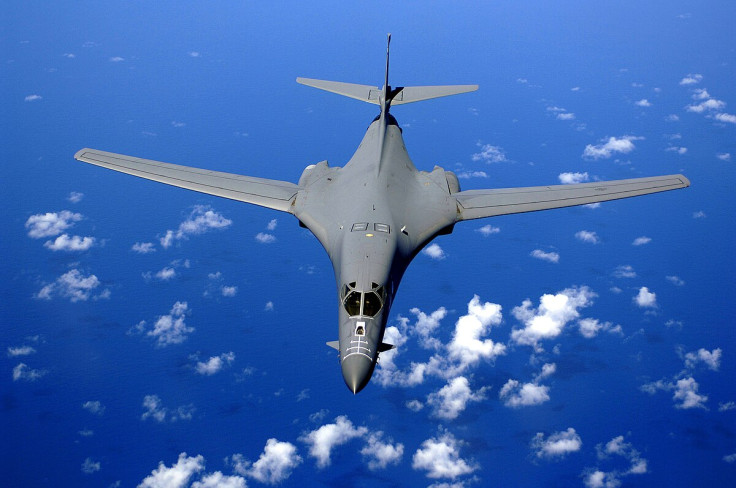
The U.S. Army again sent B-1B bombers close to Venezuela as the Trump administration's pressure campaign on the Caracas regime continues to escalate.
Several analysts noticed the aircraft on public tracking tools, noting they turned off transponders while flying over the Caribbean and then turned them on again as they got closer to the Venezuelan shores.
Florida Rep. Mario Diaz-Balart made reference to the development on Monday. When discussing a 60 Minutes report on the campaign against Caracas, the lawmaker said authoritarian President Nicolas Maduro "and his cronies are just a bunch of drug trafficking criminals" and noted: "Oh look a B-1B just flew over S FL headed south."
Maduro and his cronies are just a bunch of drug trafficking criminals. Oh look a B-1B just flew over S FL headed south. https://t.co/qTZdhIgNUr
— Mario Díaz-Balart (@MarioDB) October 27, 2025
Such aircraft had already flown close to Venezuela last Thursday. The records contradicted Donald Trump denial that U.S. bombers had been sent near the country's shores. The B-1B is a supersonic heavy bomber capable of carrying cruise missiles and precision-guided munitions.
The first flight took place about a week after B-52s flew a similar maritime corridor during a Pentagon-described "bomber attack demo" that included Marine F-35s. The U.S. military has concentrated an unusually large force in the Caribbean and off South America, including eight warships, P-8 maritime patrol aircraft, MQ-9 drones, an F-35 squadron and at least one submarine.
Elsewhere, the U.S. Southern Command (Southcom) released a new video on Monday highlighting operations connected to the operation.
The 49-second video, posted on Southcom's official X account, features Marines from the 22nd Marine Expeditionary Unit, referred to in the caption of the post as " elite warriors ready to meet any challenge" and willing to "demonstrate their lethality during training in support of the mission."
The message also emphasizes that the operations are directed by the Department of War and align with President Donald Trump's "priorities to disrupt illicit drug trafficking and protect the homeland."
The footage opens with the sound of a ticking clock, followed by scenes of armed personnel and military equipment in action. Its cinematic quality mirrors other Southcom productions showcasing U.S. military power in Latin America. Over the weekend, the Pentagon expanded its regional presence with the deployment of the USS Gerald R. Ford, the U.S. Navy's largest aircraft.
The new Southcom video also coincides with the arrival of he USS Gravely, a guided missile destroyer, to Trinidad and Tobago for what local authorities described as a series of "training exercises" with the country's defense force. The exercises are scheduled to continue through October 30.
© 2025 Latin Times. All rights reserved. Do not reproduce without permission.





